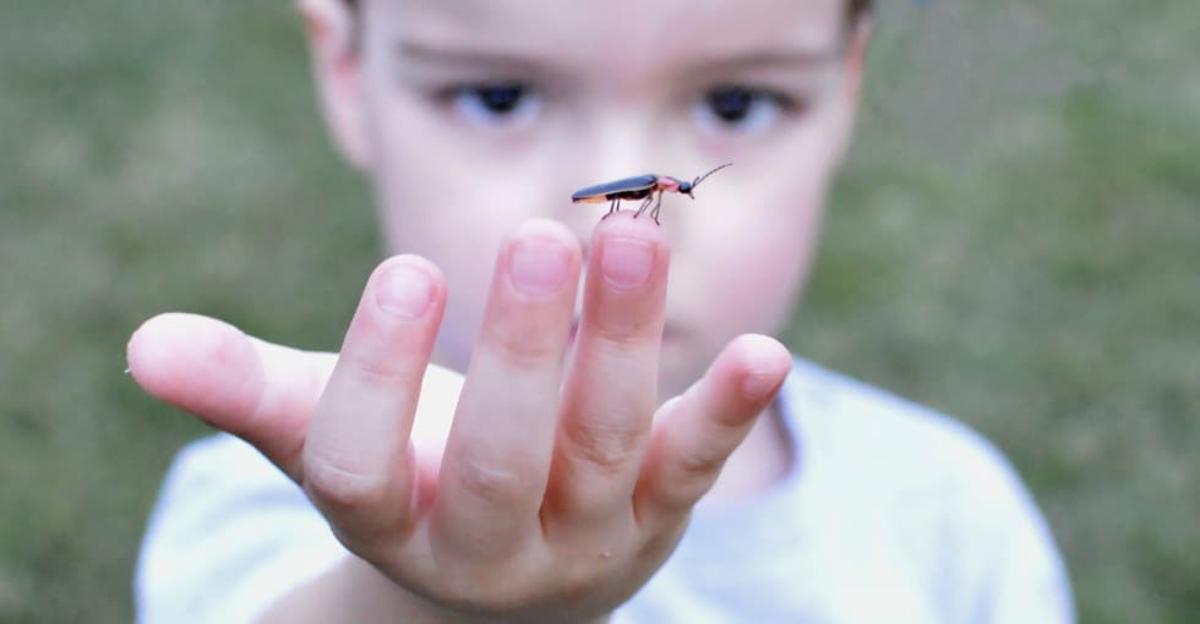How do we get our children to be more engaged and creative? It’s a question that passes through the minds of most parents, and it becomes a particularly difficult question to answer when school winds down, the days get longer and hotter, and all kids want to do is turn off their brains, plug into the latest video game, and eat ice cream. Of course, there’s nothing wrong with ice cream, or video games for that matter – everything in moderation, right? Still, it’s said that elementary students can lose two months of their grade-level math and reading skills over summer break. The best way to prevent that from happening is by keeping STEM/STEAM skills fresh with a variety of creative summer projects.
What is STEM/STEAM?
STEAM education is an acronym that stands for science, technology, engineering, arts, and math. The goal of a STEAM education is to stimulate kids’ interest in those core elements. It fosters creativity, collaboration, inventive thinking, and helps build a well-rounded set of expressive and intellectual skills. STEAM summer projects can include anything from wire sculpture and clay modeling to building a soap box eco-race car.
1. It’s a bug’s life. Yes, bugs play a vital role in the community, and that community is your suburban backyard. Keep science skills fresh by having kids identify the bugs and insects in their backyards, and then determine what role the insects play in their environment. From recycling waste to spreading pollen, bugs are an important part of the ecosystem.
2. Time for a bake off. Baking is one of the best ways to teach students about math and science. How does dough rise? What sorts of chemical reactions take place when you bake chocolate chip cookies? For many students, math is abstract. Learning about measurements is a good way to make mathematical concepts practical.
3. Go stargazing. Is there anything better than stargazing on a summer night? Get away from the glare of street lamps and enjoy the night sky in the country or along the beach. Use a telescope and an astronomy book to identify stars and constellations. The night sky is always changing in the summer, so why not follow and document those changes?
4. Build a paper roller coaster. Okay, so the kids didn’t get to visit an amusement park over the summer. That’s okay because you can bring the amusement park to them. Roller coasters are amazing feats of modern engineering. Explain the many engineering concepts behind roller coasters – physics, gravity, friction losses – by having students build a paper roller coaster.
Elementary students are only as engaged and creative as their teachers. The budget may be shoestring, but the sky is the limit.






Leave a Reply